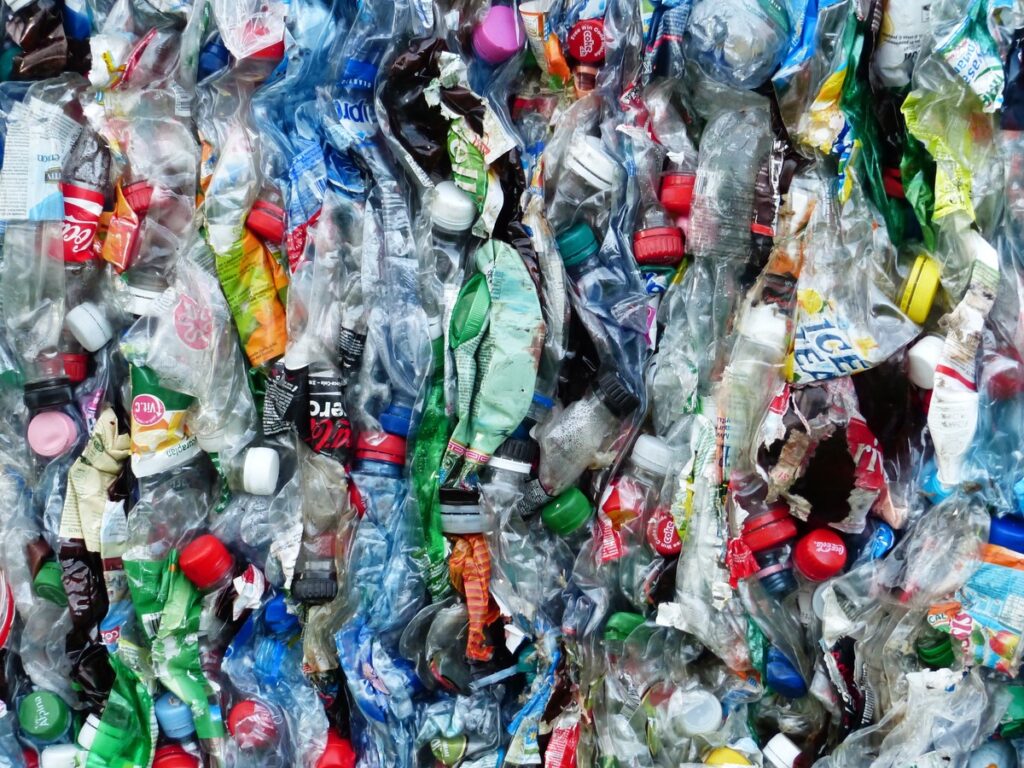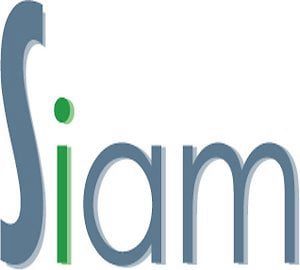European Commission urges extension of ban on chemicals in medical packaging

Image: PxHere
European Commission urges extension of ban on chemicals in medical packaging – June 17, 2024 – International organizations are calling on the European Commission (EC) to ban polyvinyl chloride (PVC) in packaging. Although current restrictions on the harmful chemical are limited to food packaging, environmental rights organization Client Earth stresses the importance of including medical packaging applications in the ban.
A report published by the European Chemicals Agency (ECHA) in November confirmed many of the dangers of PVC. These include hormone disruption, reproductive disorders, cancer, neurotoxicity, suppression of the immune system and respiratory irritation.
Remarkable!
While the ECHA report states that 27% of medical applications contain PVC with an average additive content of 57%, the guidelines do not include medical applications.
Call ban!
The European Environment Agency (EEB) contributed to a report published last week calling for a ban on PVC in all non-essential uses, including packaging. “We are advocating for a comprehensive reduction in the production, use and marketing of PVC, as the entire life cycle of PVC is problematic and poses risks to human health and the environment,” said Christine Hermann, chemicals officer at the EEB.
Client Earth’s response
Meanwhile, Client Earth insists that medical applications should be further assessed based on a realistic worst-case scenario approach, taking into account a 24-hour exposure guideline value and the maximum amount of chemicals used. “Our analysis looks at the different components of the assessment and conclusions and provides additional information where the assessment was not exhaustive. “Our in-depth review of the ECHA report leads to one conclusion: the EC should introduce a restriction on PVC in addition to regulating its most hazardous additives,” said Client Earth.
A critical gap?
The ECHA report identifies the risks associated with the use of PVC materials by consumers using a realistic worst-case scenario approach. The authority states that chemical additives in PVC articles are unlikely to leak under normal use.
However, Client Earth points out that this assessment only quantifies the risks for certain product categories and additives. Think of food packaging, use in the automotive industry and artificial leather. At the same time, other prominent use cases – such as medical applications – are “neglected”.
Medical tubing made from soft PVC
Client Earth claims, for example, that soft PVC medical tubing, which is often used over long periods of time and generally contains a high proportion of additives, represents a direct route of exposure. Especially when used intravenously or as a feeding tube.
“This omission is important because neonatal units have reported high exposure to phthalates, known endocrine disruptors, in infants exposed to PVC pipes,” the report states.
Failure to consider all relevant use scenarios
The exclusion of medical devices from the risk assessment is considered a “critical gap” given the long-term and intimate nature of exposure in these applications. Client Earth claims that ECHA did not consider all relevant use scenarios when assessing PVC during its lifetime.
Hermann tells us that the ECHA report states that alternatives must be available: “If certain packaging requirements cannot be met by any material other than PVC, a time-limited derogation for that specific use may be considered in a restriction.” This is a clear timeline that provides certainty and ensures that innovation moves quickly away from PVC,” she says.
PVC risks
Client Earth claims that soft medical tubing is a direct route to PVC exposure. The chemical safety risks posed by PVC have been on the radar of EU legislators for decades, Client Earth claims. But it was only recently that the European Commission asked the ECHA to officially investigate this material and the additives used in it.
Risks from additives
The Client Earth report identified several risks from PVC resin and substances added to PVC to achieve certain properties. The environmental law charity points out that ECHA also does not fully consider the risks associated with daily exposure to PVC microplastics and certain additives (in particular phthalates and flame retardants) indoors.
Most emissions occur during use
According to the UK Environment Agency, most of the additional emissions are likely to come from the prolonged use of items: “Indoor dust studies have identified PVC microplastics in private homes and houses, offices, hotels, classrooms, hospitals and indoor markets where, for example, clothing, food and furnishings are sold.”
Client Earth’s conclusion
Client Earth concludes: “The European Commission has recognized in its chemicals sustainability strategy that group restrictions are the way forward to regulate the most harmful groups of chemicals.” Banning just a few additives instead of the wider PVC group would be a step away from this approach and would only solve part of a wider problem.”
Source: Packaging Insights
Also read: Research needs for the regulation of hazardous chemicals updated
Reservation
This information has been compiled with the greatest possible care, in some cases from different information sources. (Interpretation) errors are not excluded. No legal obligation can therefore be derived from this text. Everyone dealing with this subject has the responsibility to delve into the matter!
